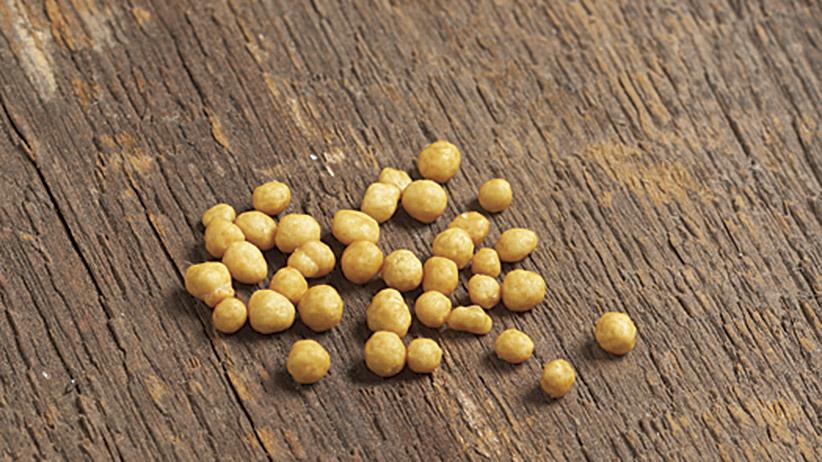
Different types of garden fertilizer
Sprinkle, spray, dig in to the soil — you’ve probably caught on that there’s more than one way to feed your plants. What’s that about? Plants take up nutrients a couple of ways. Most do it through the root system, so that’s why it’s pretty common to scratch dry products, such as compost and dry, granulated fertilizers, into the soil around the base of the plant. When moisture is added it breaks the particles down so the plant can absorb the nutrients. But some fertilizers can be absorbed through the leaves, especially water-soluble types.
You are watching: How to Use Fertilizer in Your Garden
Read more : How to Replace an Outdoor Faucet
So whether your plant needs granulated fertilizer, water-soluble fertlizer or compost, each type of feeding has options when it comes to how it’s applied. Explore the pros and cons of three types of fertilizers here. Then find the best way to apply fertilizer to your garden.
You Might Also Like:5 DIY Fungus-fighting recipes for your garden How to read a fertilizer labelSix organic products to use in your gardenDeter deer in your garden with these deer-control products

Granulated fertilizer
What’s good about it?
- Granulated fertilizer is easy to broadcast on the soil.
- Some kinds release quickly if your plants need a fast fix; others are slow-release (may be called “timed-release” on the package) for a gentle, long-term feeding.
- It won’t need to be applied as often as water-soluble.
What are the drawbacks?
- It can “burn” leaves and stems if applied too heavily.
- A granulated fertilizer always needs moisture to break it down before plants can use the nutrients.
- It may damage roots if it’s left in the soil dry.
Tips for applying granulated fertilizer
- In flower beds and borders, broadcast granulated fertilizer by hand and then scratch it into the soil.
- Use a mechanical spreader in open areas like lawns.
- Always wash fertilizer granules off of foliage.
- Activate the granulated fertilizer by watering it in right after applying.

Liquid or water-soluble fertilizer
What’s good about it?
- Liquid or water-soluble fertilizer can be diluted to adjust the strength as you mix it.
- Great for fast-growing plants because it’s absorbed quickly and rarely “burns” plant tissues.
What are the drawbacks?
- Water-soluble fertilizer flushes through the soil quickly, so it needs to be reapplied often.
Tips for applying liquid or water-soluble fertilizers
- You can use a hose-end sprayer for large areas.
- A watering can is ideal for containers or small areas

Compost or rotted manure as fertilizer
What’s good about it?
- Compost or rotted manure can be applied to everything at any time of year.
- Both give a gentle, steady feeding that won’t burn your plants.
- Both add humus to improve the texture of the soil.
What are the drawbacks?
- Hauling wheelbarrows or buckets full of compost can be exhausting.
- It’s hard to produce enough to do a large garden so you may need to purchase larger quantities.
Tips for applying compost or rotted manure
- Be generous but don’t cover the crowns or they’ll rot.
- These both break down over time, so as it decomposes, apply another layer every couple of years.
- Work an extra scoop of it into the soil as you plant.
Source: https://gardencourte.com
Categories: Outdoor


